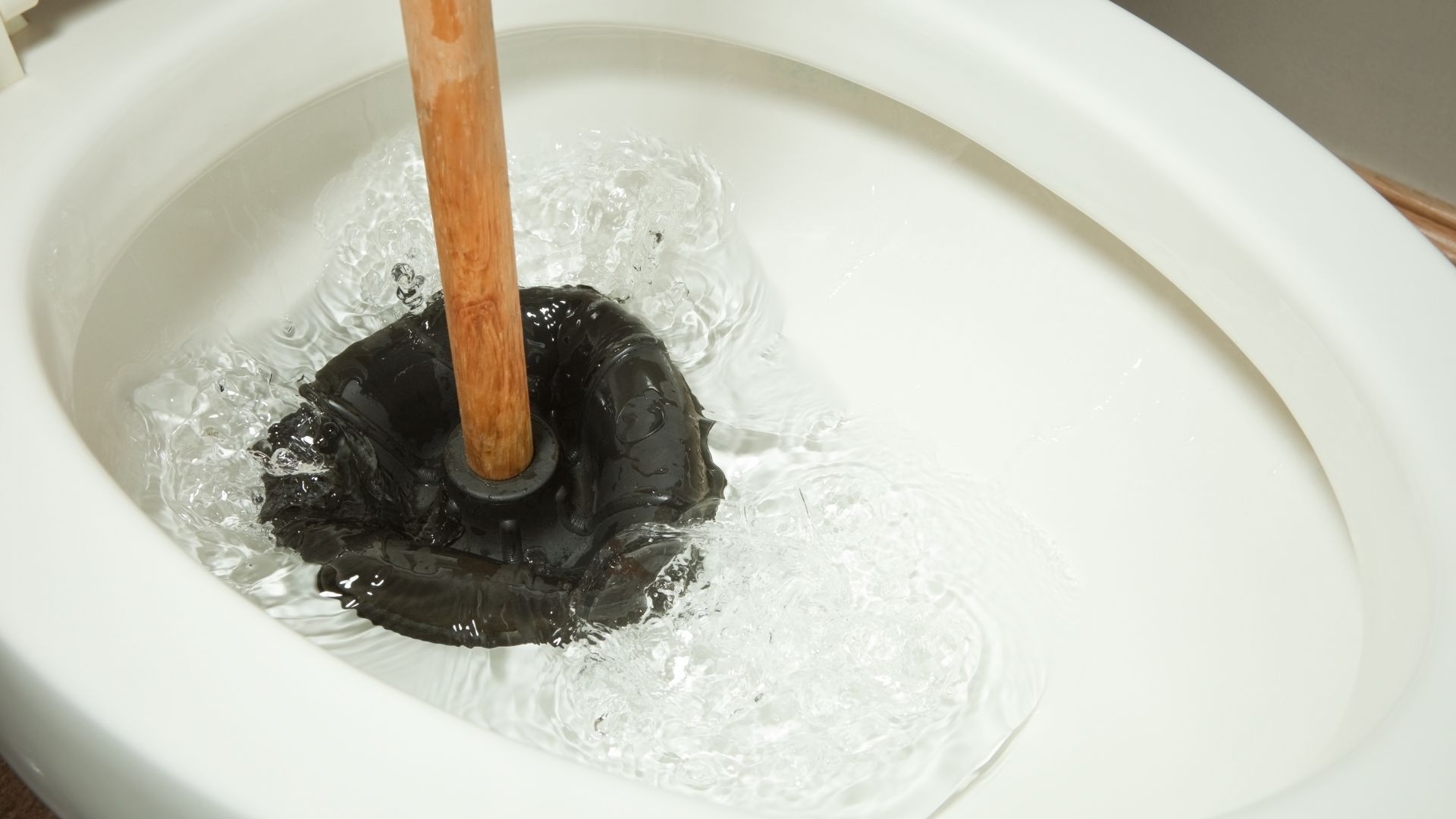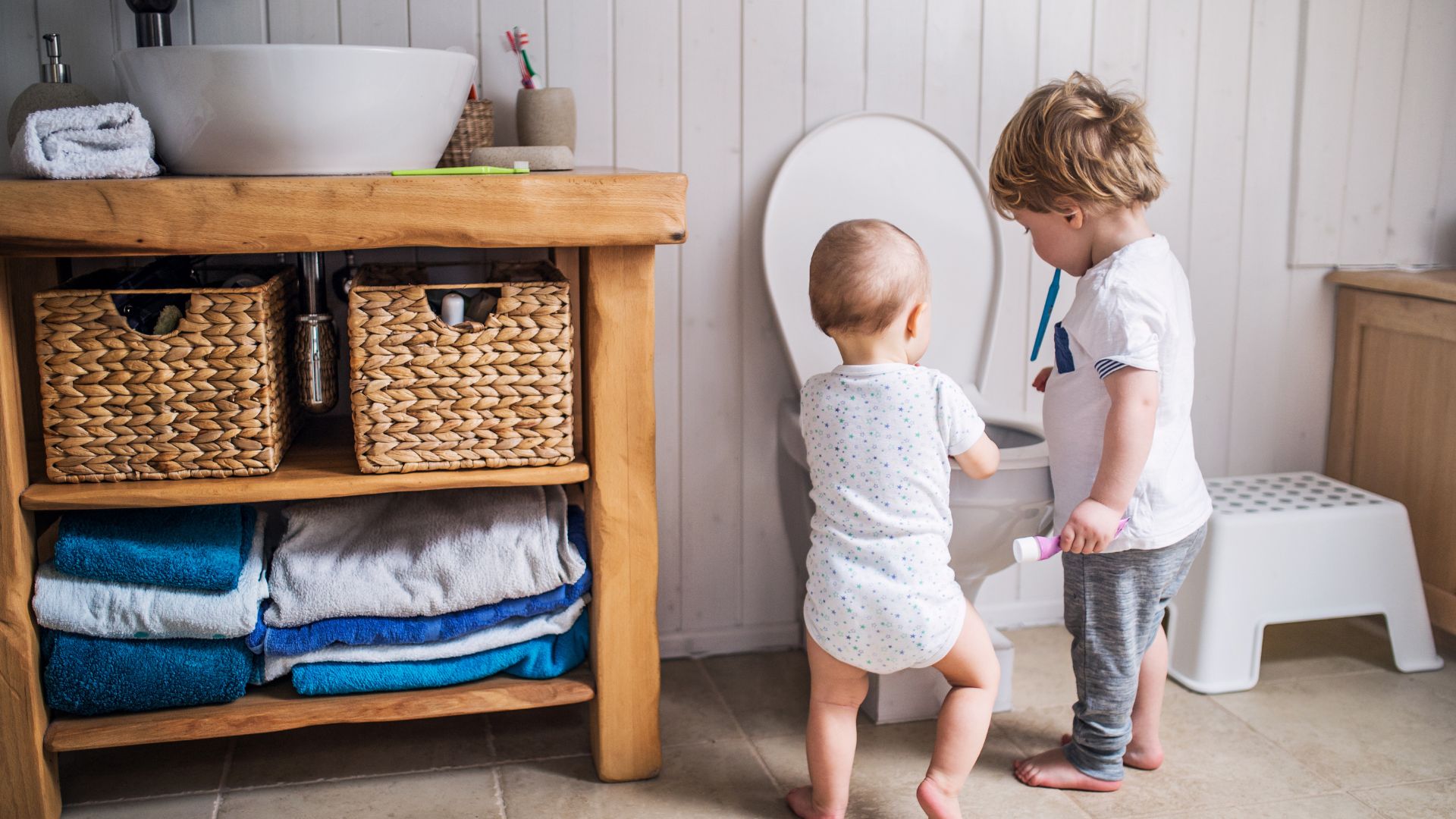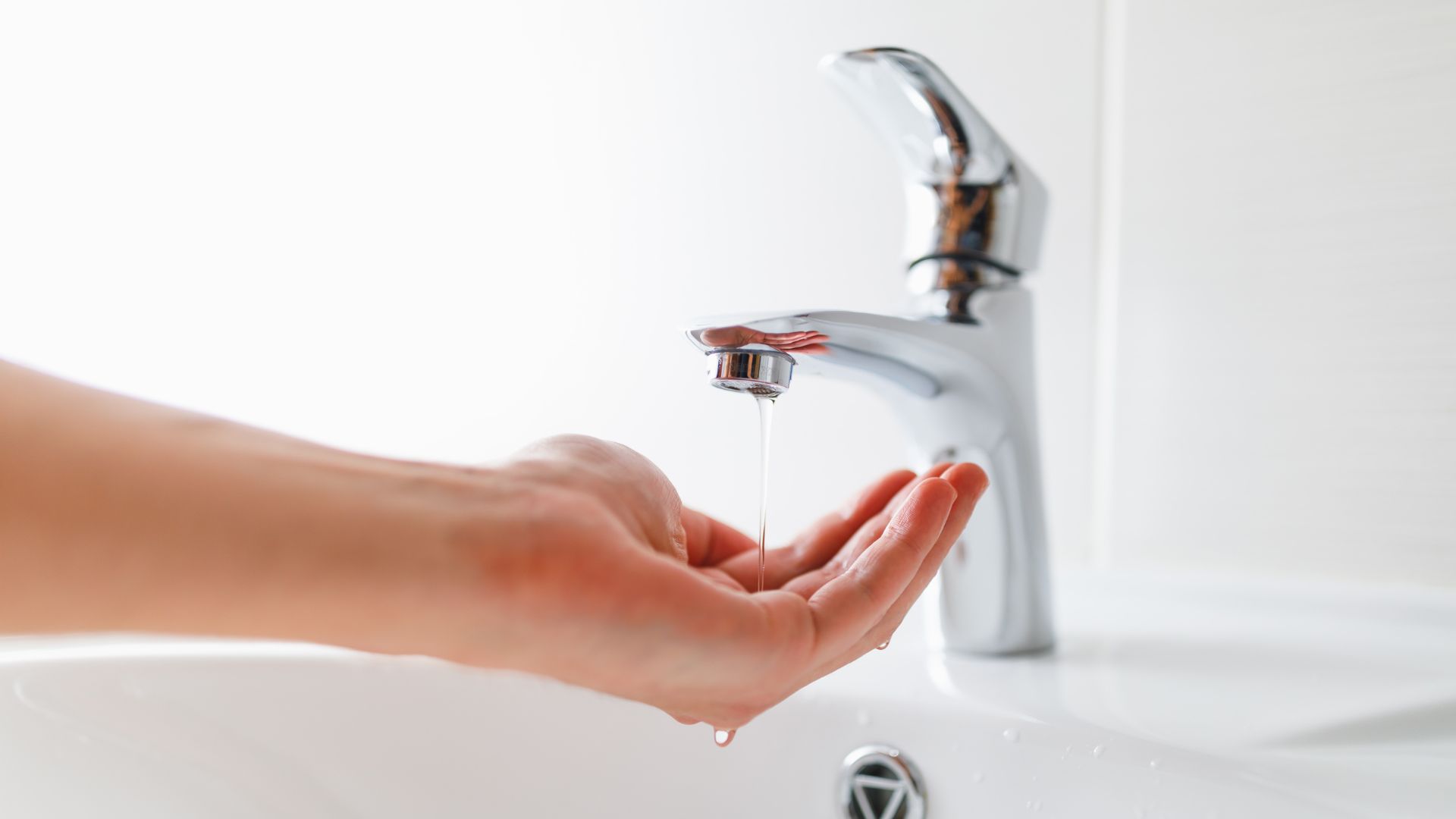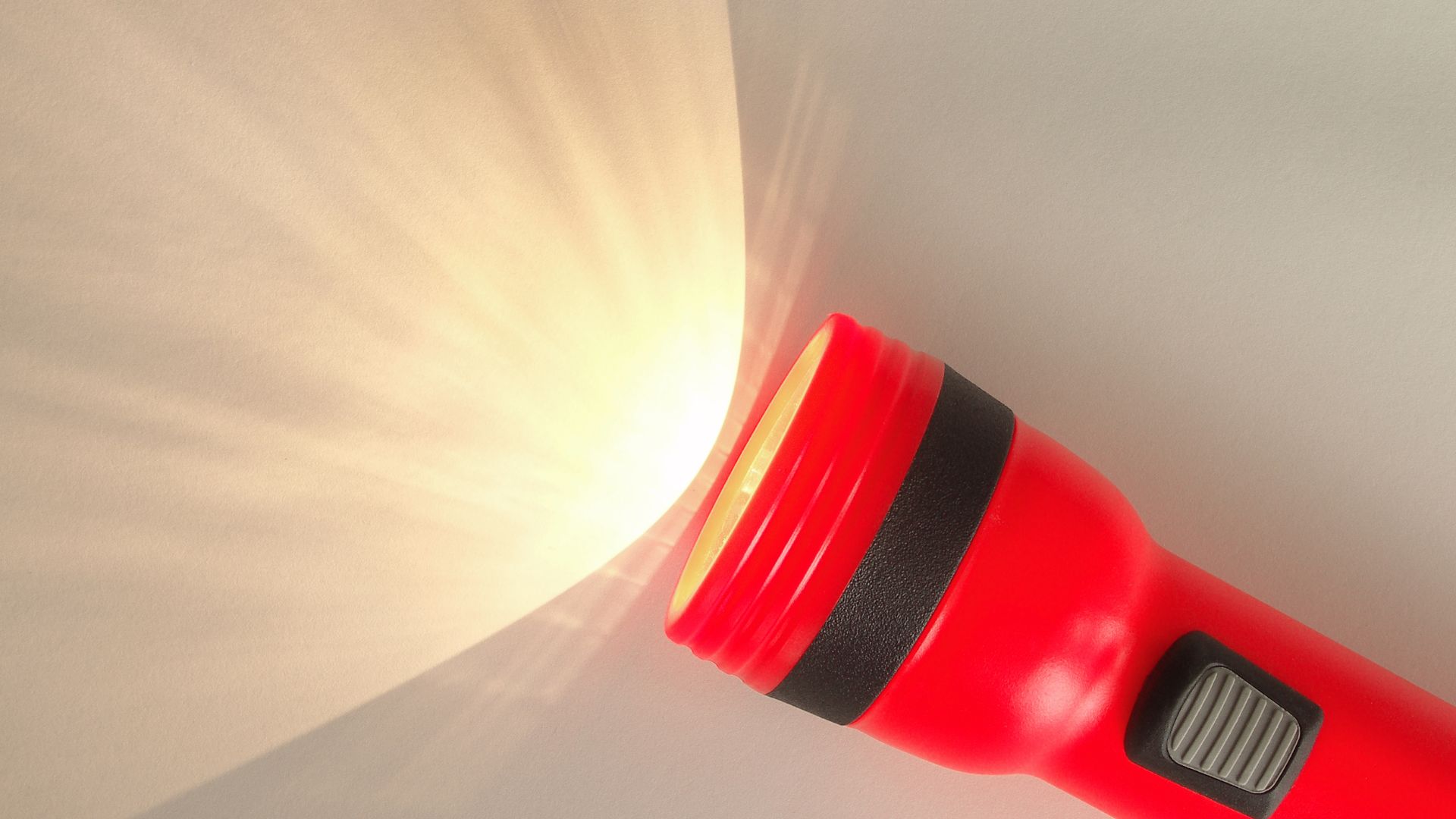7:00AM to 5:00PM
A toilet that lacks flushing power is more than just an annoyance—it’s a sign of potential plumbing problems that should be addressed. Weak or incomplete flushes allow waste to accumulate, causing unpleasant odours and unhygienic conditions.
Low water pressure when flushing a toilet is generally caused by obstructions in the drain pipe, shutoff valves or supply lines that restrict water flow or problems with the flush valve mechanism that prevent proper operation. Left unresolved, poor flush pressure can result in overflowing toilets, backed-up drains, and even more costly repairs.
This article will explore why your toilet lacks flushing force and pressure. We’ll provide tips to check for clogs, troubleshoot water supply problems, and determine when to call a professional plumber for help. With some essential DIY maintenance and repairs, you can get your toilet flushing strong again.
Our experienced Gold Coast plumbers are always available if you need assistance diagnosing and fixing diminished toilet flush pressure. Investing in professional plumbing services can prevent expensive damages and ensure your system is working correctly.
There are several common culprits behind a toilet that lacks flushing power and pressure:
Clogs in the drain, toilet trap, or sewer line are a prime cause of weak or incomplete flushes. When drainage pipes become partially blocked by built-up gunk, waste, debris, or objects, it restricts the water flow during a flush. Solids may fail to clear the bowl entirely and swirl around the basin. Clogs can occur in the toilet, main drain line, sewer lateral, or sewer main.

Most toilets have a shutoff valve that connects the water supply line to the tank. If this valve is partly closed or corroded, it reduces the water available for flushing. Older
compression-style valves are prone to gradual closure over time. Test by fully opening the shutoff valve to see if pressure improves.
Problems with the supply line delivering water to the toilet can impede flush pressure. A worn fill valve inside the tank may not allow rapid enough water flow. Partially kinked or blocked supply lines or pipes leading to the toilet can restrict water delivery. Low home water pressure overall has the same effect.
The flush valve at the bottom of the toilet tank lifts to release water into the bowl for flushing. The mineral build-up, corrosion, and age can cause this valve to weaken and not seal appropriately between flushes. This leads to smaller water releases and less siphon effect during flushes.
Some old toilet designs have smaller traps and weaker flush mechanisms than modern high-efficiency models. Insufficient siphon creation during flushing can make waste removal incomplete. Updating very dated toilets provides better flush power.
Several common clogs can disrupt water flow and reduce flush pressure in a toilet:

Proper toilet usage and regular drain maintenance can help prevent many clog-related problems that inhibit flush pressure. But even vigilant homeowners may need professional drain cleaning or repairs for severe clogs.
The shutoff valve and water supply line are among the easiest parts of a toilet system to inspect for potential flush pressure issues. Start by locating the shutoff valve on the wall behind the toilet. A water supply line will run from it to a connector at the bottom of the toilet tank.
To check the shutoff valve, ensure it is turned on fully. Older-style compression valves can slowly get bumped or vibrated into a partially closed position over time without you realising it. Turning the valve counterclockwise as far as it will go resets it to the full open position.
Test flushing the toilet to see if pressure improves with the valve fully open. If flush force seems better, the valve was likely impeding water flow. To prevent this issue, replace aging compression shutoff valves with newer 1/4-turn ball valves.
Also, the supply line must be examined closely while the tank is filling. Watch for any drips or leaks that indicate worn-out supply line connections. Check that the line is not kinked or tightly bent, which would obstruct water flow. If the line is swollen in some areas, it means interior tubing corrosion, and it is time to replace it.

Finally, consider if the home water pressure overall could be weak. Turn on a few sinks and see if flow reaches a consistent and strong stream. Low home water pressure affects the entire supply, including toilets. This issue may require a professional pressure assessment and booster installation to resolve.
When a toilet is not flushing correctly due to low water pressure, there are several visible signs and symptoms:
Catching weak flush issues early is vital before small problems become completely blocked drains, overflows, or burst pipes. Pay attention to these signs of inadequate flush pressure and take action to get your toilet’s flow force back to normal.
There are a few simple yet effective ways to check your toilet and pipes for obstructions that could be causing reduced flush pressure:

When trying to unclog a toilet yourself, safety should always come first. Drain blockages can lead homeowners to use hazardous chemical drain cleaners or attempt risky makeshift plumbing repairs.
Consider these tips to avoid harm when clearing clogs on your own:

While routine drain maintenance is safe for DIY, severe blockages often require a licensed plumber to resolve safely. Their specialised augers can clear even the most stubborn clogs without harming pipes.
While minor toilet clogs and flush issues can often be addressed with essential home maintenance, don’t hesitate to call a professional plumber when problems persist. A licensed plumber has the expertise to accurately diagnose what’s causing low water pressure and weak flushing. They can pinpoint issues that may go overlooked by an untrained homeowner.
Professional drain cleaning services use state-of-the-art augers, high-pressure jetting, and camera inspection to clear even the toughest clogs in toilet drains and main sewer lines. This saves homeowners from making possibly disastrous attempts on extensive blockages themselves. Experienced plumbers also know tricks like using a shop vacuum to remove obstruction debris from a clogged toilet trap.
A plumber can identify whether faulty shutoff valves, aged fill valves, leaky flush valves, or cracked fixtures are the real culprits and repair or replace parts as needed. Proper diagnosis prevents wasting time and money on DIY trial and error. Licensed professionals also have specialised equipment to detect leaks in supply lines unseen by homeowners.
Established local plumbing companies like Gold Coast Plumbing Company have seen it all regarding residential toilet problems. Our fully licensed and insured plumbers can accurately assess toilet flush issues and implement the right solution to restore full pressure and flushing power. Don’t let ongoing toilet troubles cause stress—call the experts for help.